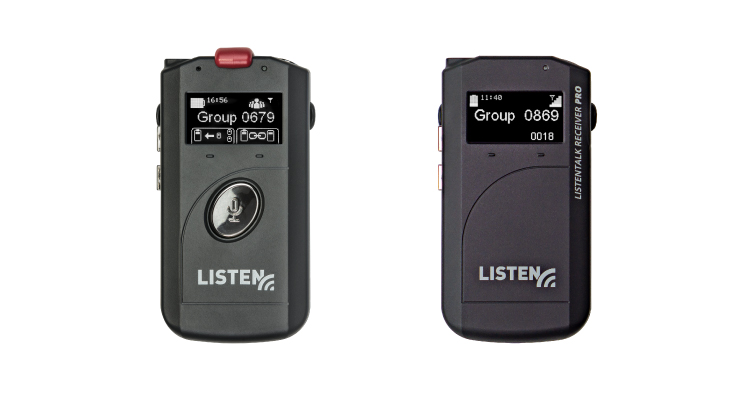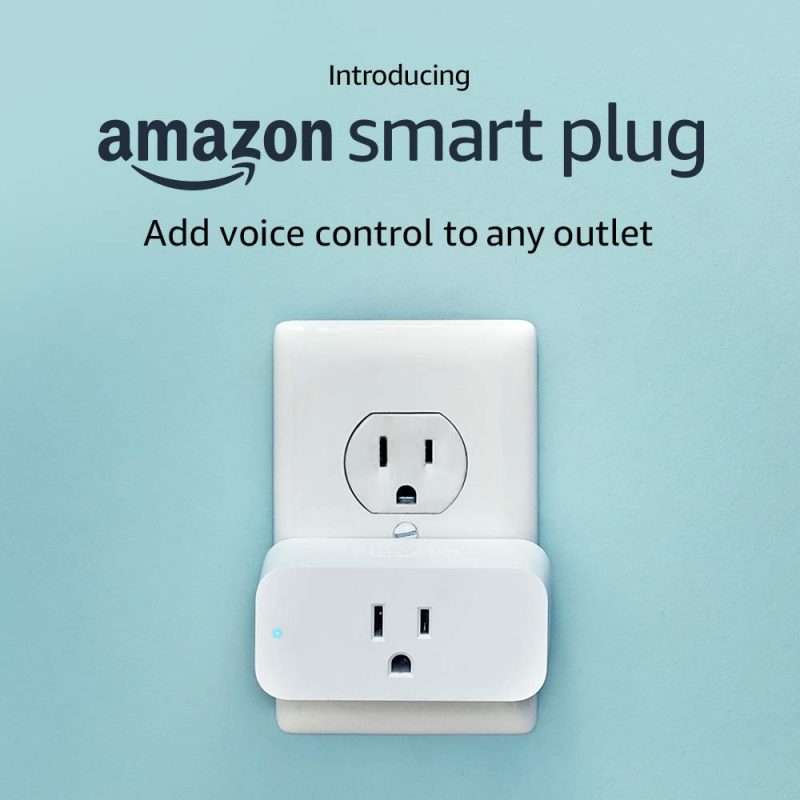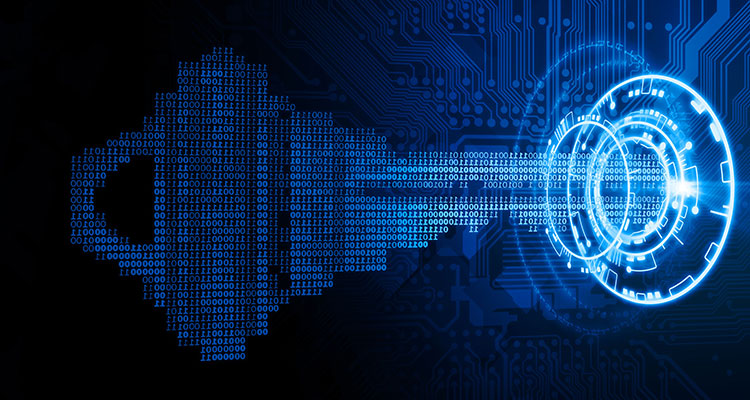Future Tech, Pro AV and Sustainability: Internet of Things
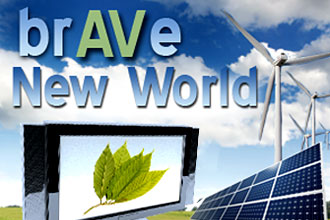 As promised last month, I am continuing the exploration of futuristic technologies that may have a major impact on the audiovisual industry. This month, I want to continue the conversation on the Internet of Things. One year ago this month, I wrote about the coming age of the Internet of Things (also commonly called the Programmable World and occasionally the Internet of Everything) as a broad overview of what we could expect to see. Because it incorporates wearables, energy efficiency, sustainability, video, sound and mobile, this ecosystem of technology is most likely to have the greatest impact on our industry and even the world around us. So where do we stand, and where do we go from here?
As promised last month, I am continuing the exploration of futuristic technologies that may have a major impact on the audiovisual industry. This month, I want to continue the conversation on the Internet of Things. One year ago this month, I wrote about the coming age of the Internet of Things (also commonly called the Programmable World and occasionally the Internet of Everything) as a broad overview of what we could expect to see. Because it incorporates wearables, energy efficiency, sustainability, video, sound and mobile, this ecosystem of technology is most likely to have the greatest impact on our industry and even the world around us. So where do we stand, and where do we go from here?
First, as I see it, there are three phases of development when it comes to the technology at play. As you can see from my fancy diagram, during phase one, these “things” get a voice. What gives them a voice? Generally, we see the following:
- Motion sensors — Primarily infrared or ultrasonic. Usage has been seen in the ability to detect whose footsteps are nearing a house door, so the appropriate applications are enabled when they unlock the door.
- NFC — Near Field Communication, a chip that transmits and receives data at close range. Built on the RFID (Radio Frequency Identification) communication protocol, similar to your pet’s microchip, these are used in “presence tags” that carry a unique identifier that generates a trigger such as text message to parent that a child has arrived home.
- Geofencing — Wi-Fi Triangulation, GPS and other location-driven technology. One example is if you’ve ever used the “Remind me” feature on your phone to call someone back when you leave or arrive somewhere (one of my favorites!).
- Bluetooth Smart — Bluetooth Smart is probably the technology used the most in connecting devices and people. The sensor that collects and transmits the information is the Bluetooth Smart device, and these work in partnership with a Bluetooth Smart Ready device, such as a smart phone that receives the data and processes it in an application. One major advantage to Bluetooth Smart is that they use minimal energy and can potentially run off of a tiny battery for years.
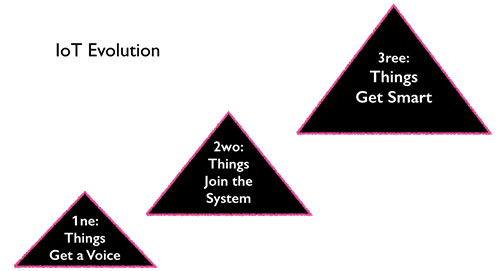
As products have acquired these voices, they’ve entered phase two, which is where I see the major push of investment in the Programmable World. These things are now starting to join a system… but what has been discovered is that they don’t all speak the same language! Just like much of the tech world, there isn’t a widespread ecosystem that enables all of the things (no matter which brand, type of “voice” or manufacturer) to talk to one another. Getting some of the most notice are projects such as the Allseen Alliance and MQTT.org, where thousands of developers are coming together to try to standardize the language so we don’t end up with the frustration of phone-not-talking-to-car-that-talks-to-fridge-but-fridge-talks-to-phone…you know what I’m talking about.
The final phase is the glimpse into the future — and I talked about this last year in my conversation with Howard Nunes. Where the things actually become smart and start to use predictive intelligence to anticipate our needs. For example, when I put the BBQ on the calendar, the pool heats that morning to 85 and when Jim arrives, his presence tag starts the Jacuzzi (we all have that friend).
Overall, the implications of this technology are massive. It’s definitely not difficult to see how the development of the Programmable World will influence every part of our lives, sustainability and the audiovisual industry included.



